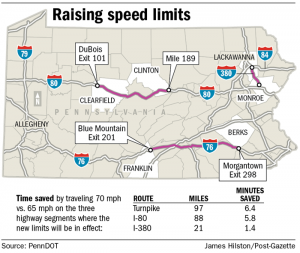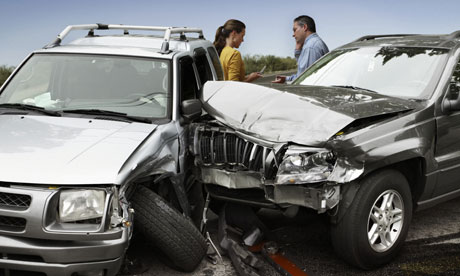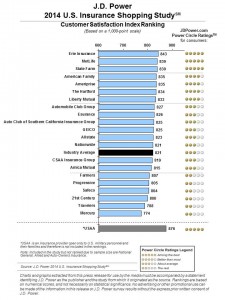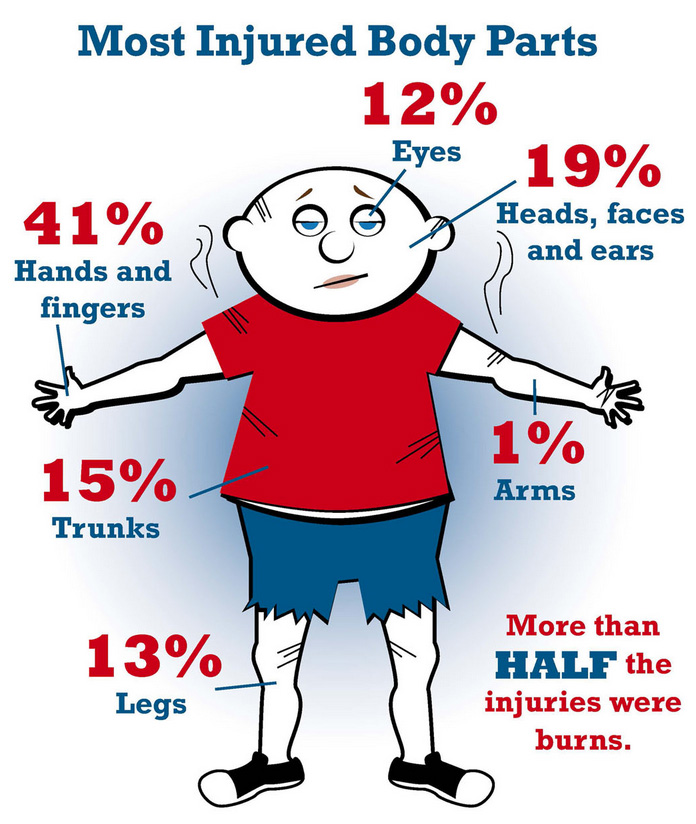Ah, mid-August. The height of the college-student pilgrimage. If you or a loved one is headed off to college in the coming days like our marketing and technology gal, Imogen, chances are you have plenty to worry about, not the least of which is what to bring. The average college student will bring $5,000 to $10,000 worth of personal property to school, and unfortunately, the vast majority will suffer a loss at least once. Electronics, sports equipment,

Image courtesy of desktopped.s3.amazonaws.com
furniture, textbooks–these are all commonly kept in dorms or off-campus housing, and can be frightfully expensive to replace if they are lost or stolen. You’re already paying a small fortune for the education; why should you pay even more after an event that you were powerless to stop? Luckily, if you’re conscientious about the risks, you may not have to.
The first step a college student and his/her parents should take to protect against property loss is to inventory what items are being taken to school. This means making a list of what the student is taking with them and the estimated value of each item. Be sure to include high-value items like laptops, cameras, musical instruments, and sports equipment in your inventory. The Insurance Information Institute has a free software available at knowyourstuff.org to facilitate this process with features like receipt scanning and item lookup; you can also get this software as an app on your smartphone so you’ll have it wherever you are. An up-to-date inventory is important to determine how much insurance to purchase (if any–see below) and settle claims in a timely manner in the event of a loss.

Image courtesy of tarainternationalshipping.com
After taking a careful inventory, parents should check their homeowners or renters policy for off-site coverage. Many (but not all) policies include financial protection for possessions that are taken away from the insured property. In some cases, homeowners and renters policies may limit the amount of coverage for a student’s belongings to 10% of the policy’s overall coverage for personal possessions. All policies that cover off-site property cover the same disasters that are included in a standard homeowners policy–fire, theft, vandalism, and natural disasters. The student would not be covered for small mishaps like spilling coffee or dropping and breaking an item. Certain items, such as jewelry and instruments, may be covered up to a dollar limit ; if these limits are lower than the value of the items, it may be wise to purchase a personal property floater or endorsement to the standard policy for higher amount and broader coverage. However, it may make more sense to leave extremely expensive items at home or invest in a security deposit box.
If the student plans to take a car to school (and even if he/she doesn’t), make sure to review the auto policy on it. The price of the policy will likely have to be re-evaluated based on the location of the school. If a student has been driving a family car and will now be away at a college at least 100 miles away without it, the owner of the car may be eligible for a discount, depending on whether or not anyone else will be driving it or if it will be unused until the student returns. Also, many auto insurers will give discounts to students who get good grades at school.
For particularly important/expensive items, it may be worth it to purchase stand-alone policies, which will cover events which are not covered under a standard homeowners or renters policy. If a credit card is used to buy expensive technology products, the credit card company may offer some insurance protection.
Students who live off campus may not be covered by the renters or homeowners policy on their family’s home, so it may be necessary to purchase their own coverage.
Good luck at school!
Questions? Comments? Concerns? Want to review your policies with us? Give us a call at 610-543-3113 or e-mail us at info@agencybythemall.com. We’re more than happy to help!




_300.jpg)














